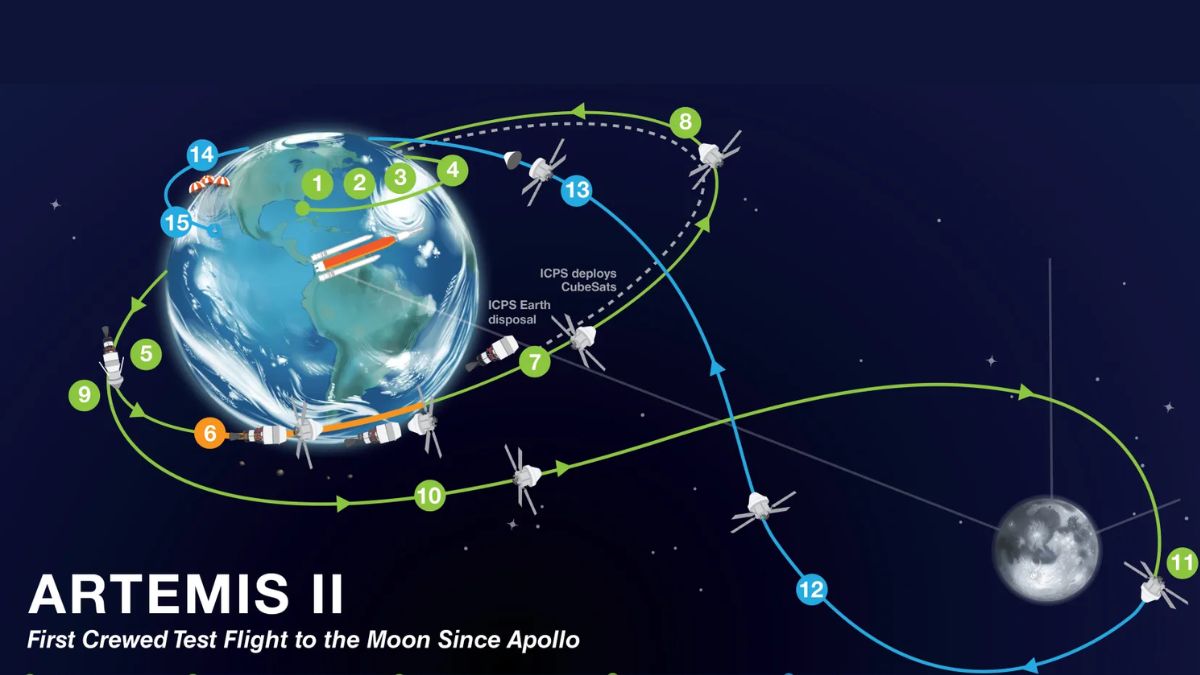Unbelievable Discovery: Ancient Ocean Secrets Unraveled by Tiny Iron Stones

Did you know that tiny, egg-shaped iron oxide stones could hold the key to understanding our planet’s ancient history? It sounds wild, but researchers are now using these unassuming little gems to rewrite what we know about Earth's primordial oceans. Led by ETH Professor Jordon Hemingway, a team has uncovered a natural witness to our planet's past, shedding light on the carbon reserves from billions of years ago.
These remarkable formations, called ooids, might look like simple grains of sand, but their origins are captivating. They’re akin to rolling snowballs, gradually accumulating layers as they roll along the seabed, collecting organic carbon molecules that become part of their structure. Through their groundbreaking work, Hemingway’s team has managed to trace back the supply of organic carbon in the seas—going as far back as 1.65 billion years. Their findings, published in the journal Nature, reveal that the carbon store was dramatically lower than scientists previously believed, changing the narrative around significant geochemical events of our planet's history.
Now, let’s delve into how carbon gets into the oceans. On one hand, carbon dioxide (CO2) from the atmosphere dissolves into seawater, where it’s mixed and transported to the depths through ocean currents. This process allows carbon to be retained in the ocean for extended periods. On the other hand, microscopic life forms like phytoplankton and certain bacteria utilize sunlight and CO2 to produce organic carbon compounds. Once these organisms die, they drift down to the ocean floor—an act of marine snow—and, if they aren’t consumed before reaching the bottom, they can be stored for millions of years.
This isn’t just a one-way street, though. The building blocks of life are recycled, as microorganisms break down waste and deceased organisms, releasing vital carbon compounds back into the water. In fact, the oceans contain a staggering reservoir of dissolved organic carbon—200 times more than what is currently used in marine life.
For years, scientists assumed that this carbon reservoir was substantial between 1,000 and 541 million years ago, using sedimentary rock anomalies as a foundation for their theories about ice ages and complex life forms emerging simultaneously. The production of organic carbon was closely linked to the evolution of the atmosphere, which facilitated the accumulation of oxygen—an essential element for complex life. These oxygen levels surged during two events known as the oxygen catastrophes, leading to the development of more efficient energy production methods in organisms.
But Hemingway's team has flipped the script. Using their innovative methods, they’ve determined that between 1,000 and 541 million years ago, the ocean actually contained 90 to 99 percent less dissolved organic carbon than we thought. This stunning revelation calls for new explanations regarding the interconnections between ice ages, complex life, and rising oxygen levels.
Lead author Nir Galili highlights that the significant reduction in carbon stores correlates with the rise of larger organisms. As single-celled and early multicellular life became more prevalent, they sank faster after dying, contributing to what scientists call marine snowfall. Unfortunately, this carbon wasn’t recycled in deeper ocean layers due to low oxygen levels, leading to a dramatic decline in dissolved organic carbon. It was only after oxygen levels increased in the deep sea that the carbon reservoir began to recover.
While these ancient timeframes may seem distant, the implications of this research resonate strongly with our current understanding of the Earth’s systems. As humanity continues to impact the planet through warming and pollution, we witness a decline in marine oxygen levels. The very events that shaped our oceans in the past could potentially repeat themselves if we don’t reconsider our environmental actions.



























